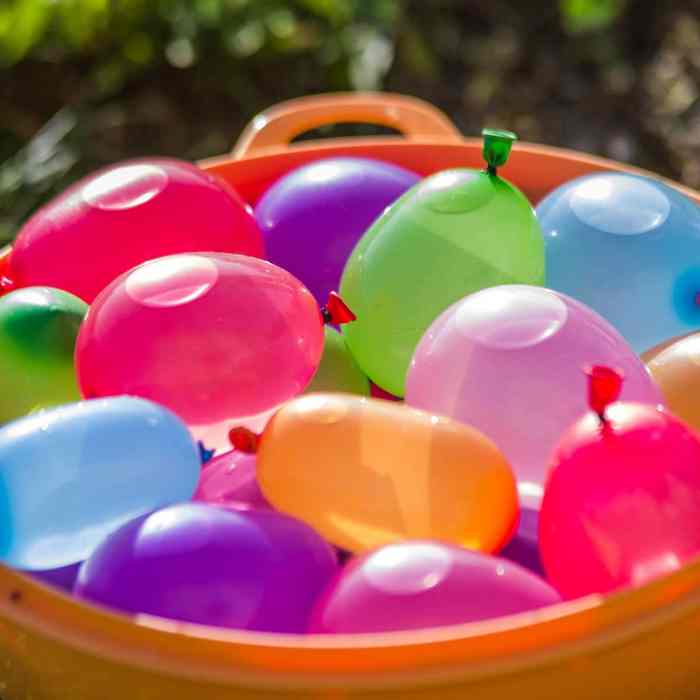The vacuole is most like a wall.water balloon.solar panel.conveyor belt – The vacuole, a crucial organelle found in plant and animal cells, exhibits remarkable versatility and plays a pivotal role in cellular processes. This article delves into the intriguing similarities between the vacuole and various structures, including a wall, water balloon, solar panel, and conveyor belt, shedding light on its multifaceted nature.
The vacuole, akin to a wall, provides structural support and protection for the cell. It acts as a protective barrier, safeguarding the cell’s contents from external threats. Additionally, the vacuole contributes to maintaining cell shape and rigidity, ensuring the cell’s structural integrity.
Comparative Similarities between Vacuole and a Wall

The vacuole, a membrane-bound organelle found in plant cells, exhibits structural similarities to a wall, providing protection and support to the cell.
The vacuole’s membrane acts as a barrier, protecting the cell’s contents from external threats and maintaining the cell’s shape and rigidity. Just as a wall surrounds and protects a building, the vacuole envelops the cytoplasm and provides structural support, preventing the cell from collapsing.
Vacuole as a Water Balloon, The vacuole is most like a wall.water balloon.solar panel.conveyor belt
The vacuole’s fluid-filled interior resembles a water balloon. It stores water, ions, and various substances, acting as a reservoir for cellular resources.
The vacuole’s ability to hold water helps maintain cell turgor, preventing the cell from shrinking and wilting. By regulating the water content, the vacuole plays a crucial role in maintaining cell shape and integrity.
Vacuole as a Solar Panel
The vacuole’s membrane contains pigments that absorb light energy, akin to a solar panel. This absorbed energy is stored in the form of ATP (adenosine triphosphate), the cell’s primary energy currency.
The vacuole’s role in capturing and storing energy contributes to cellular metabolism and energy production. The ATP generated can be used to power various cellular processes, including protein synthesis, cell division, and ion transport.
Vacuole as a Conveyor Belt
The vacuole’s dynamic nature allows it to function as a conveyor belt, transporting and sorting materials within the cell.
The vacuole engulfs substances through endocytosis, packaging them into vesicles. These vesicles can then fuse with the vacuole’s membrane, releasing their contents into the vacuole’s lumen. The vacuole also plays a role in exocytosis, expelling waste products from the cell.
Additional Comparative Examples
The vacuole’s multifaceted functions can be compared to various structures and organelles within the cell:
- Warehouse:The vacuole stores materials and resources, similar to a warehouse storing inventory.
- Recycling Bin:The vacuole sequesters and digests waste products, analogous to a recycling bin collecting discarded materials.
- Lysosome:Both the vacuole and lysosomes are involved in cellular digestion and waste disposal.
Helpful Answers: The Vacuole Is Most Like A Wall.water Balloon.solar Panel.conveyor Belt
What is the primary function of the vacuole?
The vacuole serves multiple functions, including providing structural support, regulating cellular processes, and storing various substances.
How does the vacuole contribute to maintaining cell shape?
The vacuole, filled with fluid, helps maintain cell shape by providing turgor pressure, preventing the cell from collapsing.
What is the role of the vacuole in cellular metabolism?
The vacuole plays a role in cellular metabolism by storing energy in the form of ATP and facilitating the breakdown of macromolecules.

